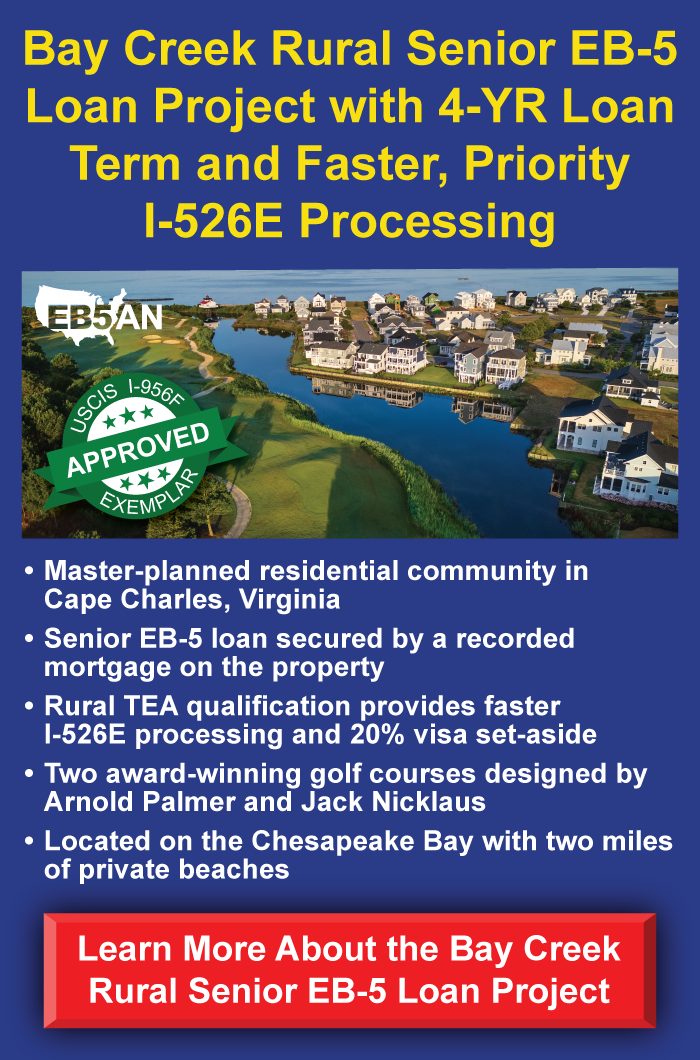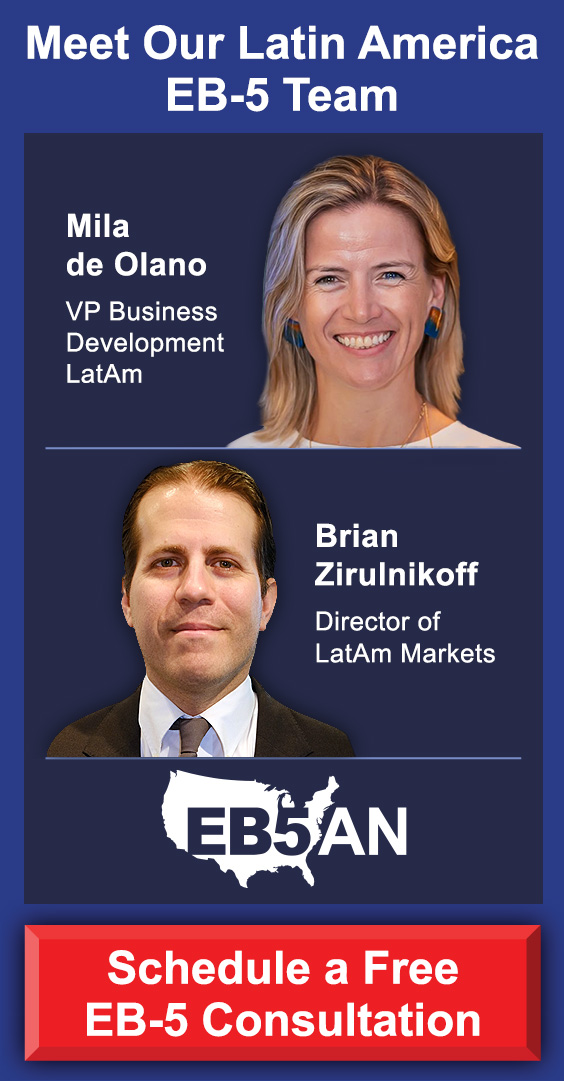The EB-5 Immigrant Investor Program, created in 1990, offers a pathway to permanent U.S. residency for individuals who invest in job-creating projects in the United States. While the program offers substantial benefits, such as a Green Card and potential for eventual citizenship, there are specific requirements that investors must meet. One of the most crucial of these is the “at-risk” requirement, which is essential for ensuring that investments meet the program’s guidelines.
This article explores what the at-risk condition entails, why it’s important, and how investors can navigate this requirement when applying for the EB-5 visa.
The Core Concept of the At-Risk Requirement
What Does “At Risk” Actually Mean?
Why Is the At-Risk Requirement Important?How Do EB-5 Investors Meet the At-Risk Requirement?
Key Exceptions and Considerations
EB5AN Can Help You Navigate the At-Risk Requirement
The Core Concept of the At-Risk Requirement
At the heart of the EB-5 program is the idea that investors must risk their capital to create jobs in the U.S. The “at-risk” condition requires that the investor’s funds be subject to a potential loss, and that they are not guaranteed to be returned. This requirement ensures that the investment is not a mere loan or a passive form of funding. U.S. Citizenship and Immigration Services (USCIS) seeks to promote genuine entrepreneurial risk, which ultimately serves the dual purposes of creating employment opportunities and stimulating the economy.
To fulfill the EB-5 visa program’s investment conditions, investors must demonstrate that their capital has been committed to a business project in such a way that the possibility of loss is real. If an investor’s funds are guaranteed or secured in a way that completely removes risk, they would not meet the “at-risk” requirement, and their petition for a Green Card would likely be denied.
What Does “At Risk” Actually Mean?
When USCIS refers to an investment being “at risk,” it means that the investor’s funds must be exposed to the potential for financial loss. Simply put, the money must be actively used in a business venture where there is a reasonable chance that the investor could lose some or all of their capital.
To meet this requirement, the capital must be:
Committed to the Project
The investor must provide evidence that their funds have been transferred into the project and that they are working to fulfill the job creation goals required by the EB-5 program. If the funds remain in a personal account or are not allocated to the project, this condition may not be met.
Non-Guaranteed
The investor cannot have a guaranteed return on investment or collateral securing their funds. USCIS does not accept investments that are completely “safe” in nature. For instance, money held in a way that ensures a predetermined return is considered an invalid investment under EB-5 guidelines.
Subject to Commercial Risk
The project in which the investor invests must be a legitimate business venture that is subject to normal market conditions, competition, and other inherent business risks. It cannot be a “protected” venture that eliminates any risk of losing money.
Why Is the At-Risk Requirement Important?
The primary aim of the EB-5 program is to foster economic growth and create jobs for U.S. workers. The at-risk requirement ensures that investors have a genuine interest in the success of the business, as their investment is exposed to potential loss. This requirement is essential in preventing fraudulent activity, where individuals might attempt to use the EB-5 program as a way to secure residency without actually engaging in legitimate business activities.
Furthermore, this requirement promotes transparency and accountability, as investors must demonstrate that their capital is being actively used and could be lost if the business does not succeed.
How Do EB-5 Investors Meet the At-Risk Requirement?
To meet the “at-risk” requirement, EB-5 investors should follow several steps to ensure compliance with USCIS guidelines:
Invest in an EB-5 Compliant Project
The first step is to ensure that the project itself is EB-5 compliant. The investment must be made into a new commercial enterprise (NCE) that will create at least ten full-time jobs for U.S. workers through the job-creating entity (JCE). The project must also meet specific operational and financial requirements that keep the investment genuinely at risk.
Proper Documentation
Investors need to provide proper documentation to show that their funds have been transferred into the project. This includes proof of wire transfers, bank statements, and legal agreements that confirm the capital has been invested and is subject to commercial risk.
Monitor the Investment’s Progress
It’s crucial for the investor to stay informed about the status of the business and ensure that the capital is being actively used for its intended purpose. Investors should regularly review financial reports and communication from the project to confirm that the business is operating as expected and that the investment is still at risk.
Key Exceptions and Considerations
While the at-risk requirement is central to the EB-5 program, there are some nuances and exceptions that investors should be aware of:
Redeemable Investments
Strong EB-5 projects offer the possibility of repayment of the initial investment after a certain period, and this is acceptable under the program. The key issue is whether the investment is truly at risk during the required period. If the funds are at risk during the investment period and there is no guarantee of return, this structure can still satisfy the at-risk requirement.
Regional Centers
EB-5 investors who invest through regional centers may have additional flexibility in how they structure their investment. Regional centers often pool investments from multiple investors into a single project. These projects can provide more diversification and may reduce the individual investor’s exposure to risk compared to a direct investment. Regional center projects can also come with certain protections and guarantees that do not interfere with the at-risk requirement.
EB5AN Can Help You Navigate the At-Risk Requirement
The “at-risk” requirement is one of the most fundamental aspects of the EB-5 program. Investors must understand that their funds must be actively invested in a way that exposes them to financial risk. By following the proper steps and investing in a compliant project, EB-5 investors can successfully meet this requirement and move forward with their path to U.S. residency.
If you’re considering the EB-5 program, working with experienced professionals can help ensure that your investment is structured correctly, giving you the best chance of success in meeting the at-risk condition and achieving your immigration goals.
EB5AN has helped more than 2,300 families from 70+ countries relocate to the United States as lawful permanent residents. Our team has more than a decade of experience and offers clients first-rate, low-risk EB-5 regional center projects with a 100% USCIS project approval rate.
If you would like to know more about your EB-5 investment options, book a free call with our expert team today.










